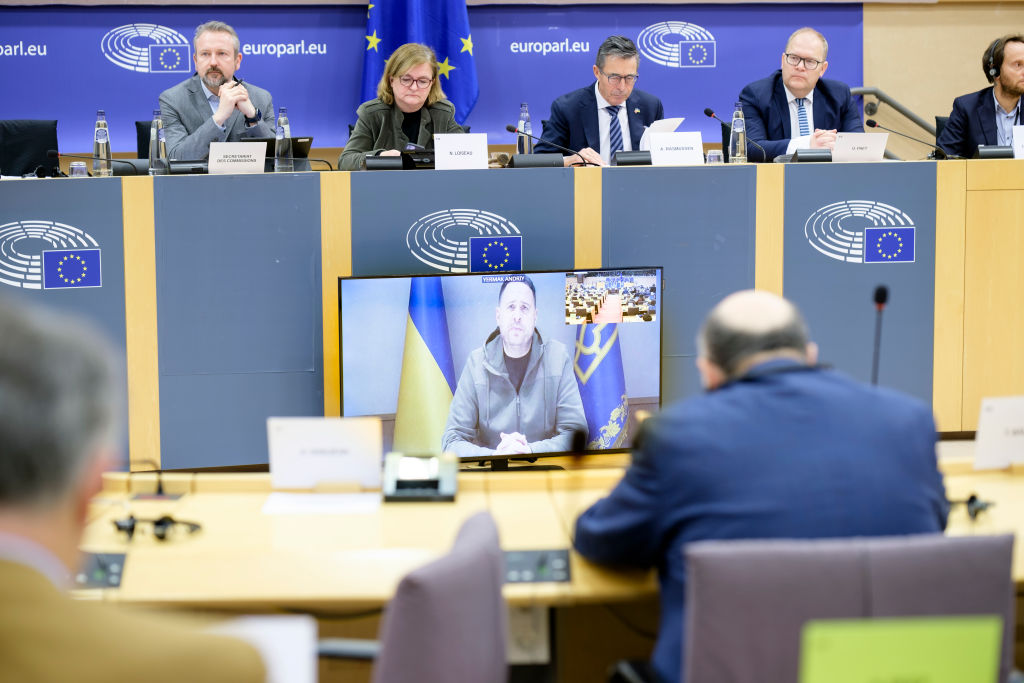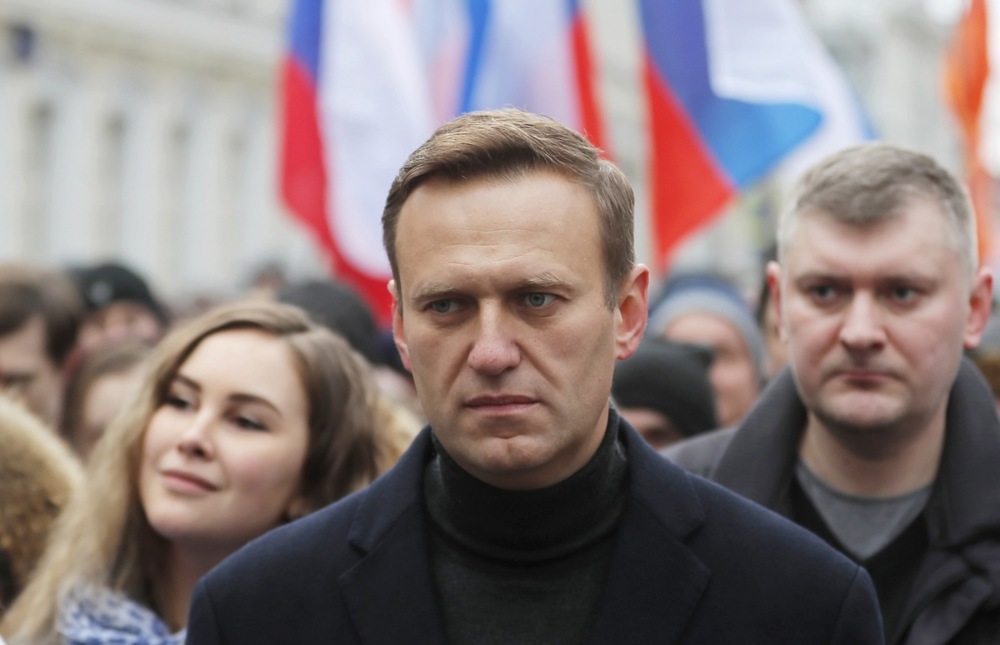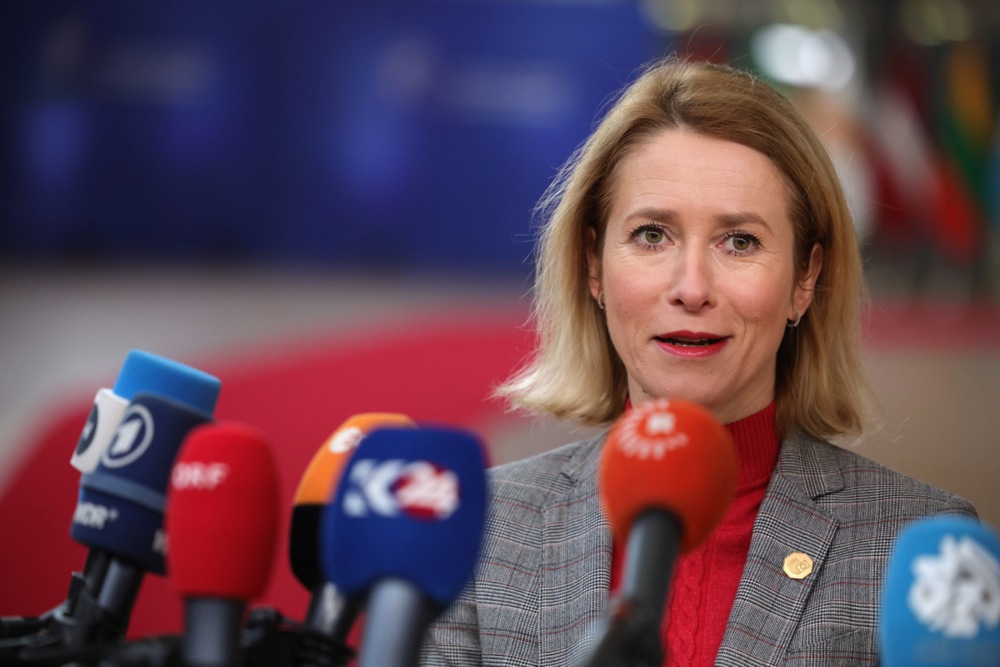Leaked classified Russian military documents reveal an alarmingly low bar regarding the Kremlin’s criteria for the use of tactical nuclear weapons during early-stage conflicts with a major global power.
The documents, reported on by the Financial Times on February 28, outline potential triggers for a nuclear response. These range from an enemy incursion into Russian territory to specific events such as the destruction of 20 per cent of the country’s strategic ballistic missile submarines.
The papers date from between 2008 and 2014 but experts assert the files remain pertinent to current Russian military doctrine.
The disclosed defensive plans seem to underscore Moscow’s deep-seated suspicions of China, despite the strengthening bonds between the two nations.
While Russia and China have grown closer since Chinese President Xi Jinping’s rise to power in 2012, the leaks indicate that Russia’s Eastern military district has actively prepared for scenarios involving a Chinese invasion.
In 2012, Putin and Xi began forming their “no limits” partnership.
That didn’t stop Russia rehearsing a defense against a Chinese invasion – including using nuclear weapons at a much lower threshold than the Kremlin has ever admitted.
with @xtophercook https://t.co/z9NPr5khbF
— max seddon (@maxseddon) February 28, 2024
Harry Halem, Senior Fellow at Yorktown Institute, told Brussels Signal he felt it was “obvious” Russia views China as a long-term “problem”. Yorktown Institute describes itself as “a think tank dedicated to securing American liberty, prosperity, and self-governance under the US Constitution”.
He pointed out, though, that “problem” does not make it likely that Russia and the West will enjoy warm relations anytime soon.
Russia’s minimal demands across the board are “bluntly unacceptable to any coherent definition of Western interest, whether European, North America, or combined”, Halem stated.
He stressed that Russian objectives “remain partial absorption of Ukraine, the reduction of a remaining Ukrainian state to a de facto Russian satellite, Moldova’s integration into this Russian sphere and a revised status for Eastern European NATO – particularly the Baltics but probably Poland and the Black Sea states as well”.
The leaks appear to provide a rare insight into Russia’s perspective on its nuclear arsenal as a cornerstone of defence policy. The documents detail how Russian forces are trained for potential nuclear first-strikes in specific battlefield conditions.
One exercise suggests the country could respond with a tactical nuclear strike to prevent the advancement of a second wave of invading forces during a hypothetical Chinese attack.
The files depict a low operational threshold for using nuclear weapons if conventional means fail to achieve the desired outcome, despite Russian President Vladimir Putin publicly downplaying the possibility of tactical nuclear strikes.
The disclosures raise concerns about the Kremlin’s stance on nuclear weapons use and an underlying mistrust of China within Moscow’s security elite. They also seem to suggest the Kremlin remains worried about potential Chinese actions, even as it shifted the focus of forces from the East to Ukraine, the FT reported.
China denies there are any grounds for suspicion and regularly emphasises an “enduring friendship” between the two nations.
Halem said the “apparent ‘threat perception’ is simple strategic planning”.
“Russia’s geographic position vis-à-vis NATO is, ironically enough, much more favourable.
“The Sino-Russian border is enormous – the Soviets understood, much like the Russians, that even a coherent mobile defence would struggle to contain Chinese mass,” he said.
“Hence, discussion of tactical nuclear use is in line with basic military planning assumptions, rather than necessarily a political signal of the Kremlin’s strategic worldview.”
The leaked files appear to align with Russia’s approach to nuclear weapons set out in previous exercises and underscore Moscow’s adherence to a doctrine referred to as “escalating to de-escalate”.
That strategy involves using tactical nuclear weapons to prevent Russia becoming embroiled in a larger war, especially one where the US might intervene.
Asked if China was a “real threat” to Russia or whether the documents merely illustrated signs of Kremlin “paranoia”, Halem said: “China does pose a long-term threat to Russia.
“Much of China’s policy towards Russia since February 24, 2022 [the invasion of Ukraine] has sought to encourage Russian dependence upon Chinese industry in return for heavily discounted energy.
“Russia is also paranoid, a natural effect of the system’s closed character and long-term Russian geopolitical psychosis, which Putin has thoroughly embraced,” he said.
“The deeper issue is there’s not much of a way out for Russia at this point – it has increasingly limited leverage over a Chinese benefactor that has only limited desire to bail it out,” Halem concluded.





